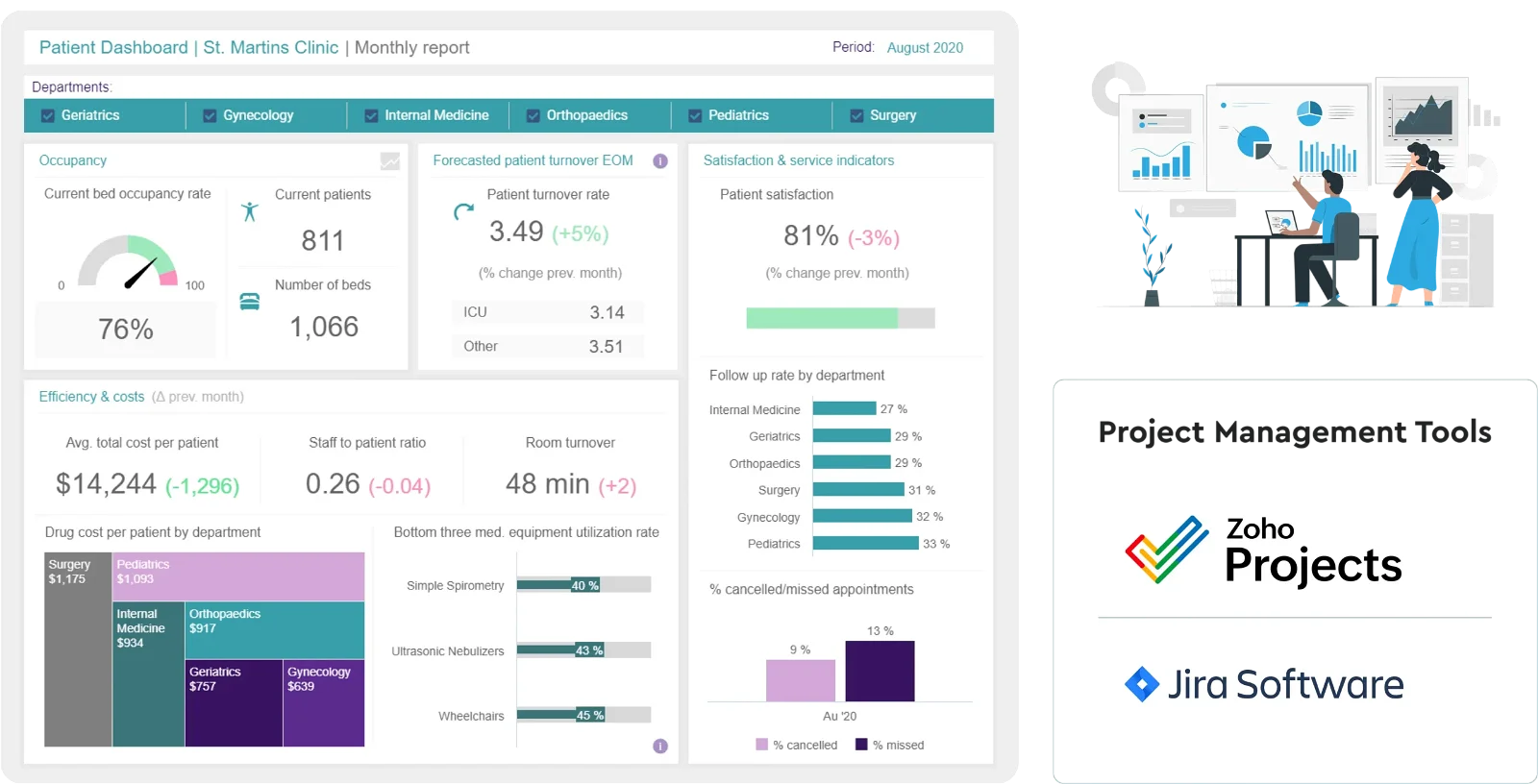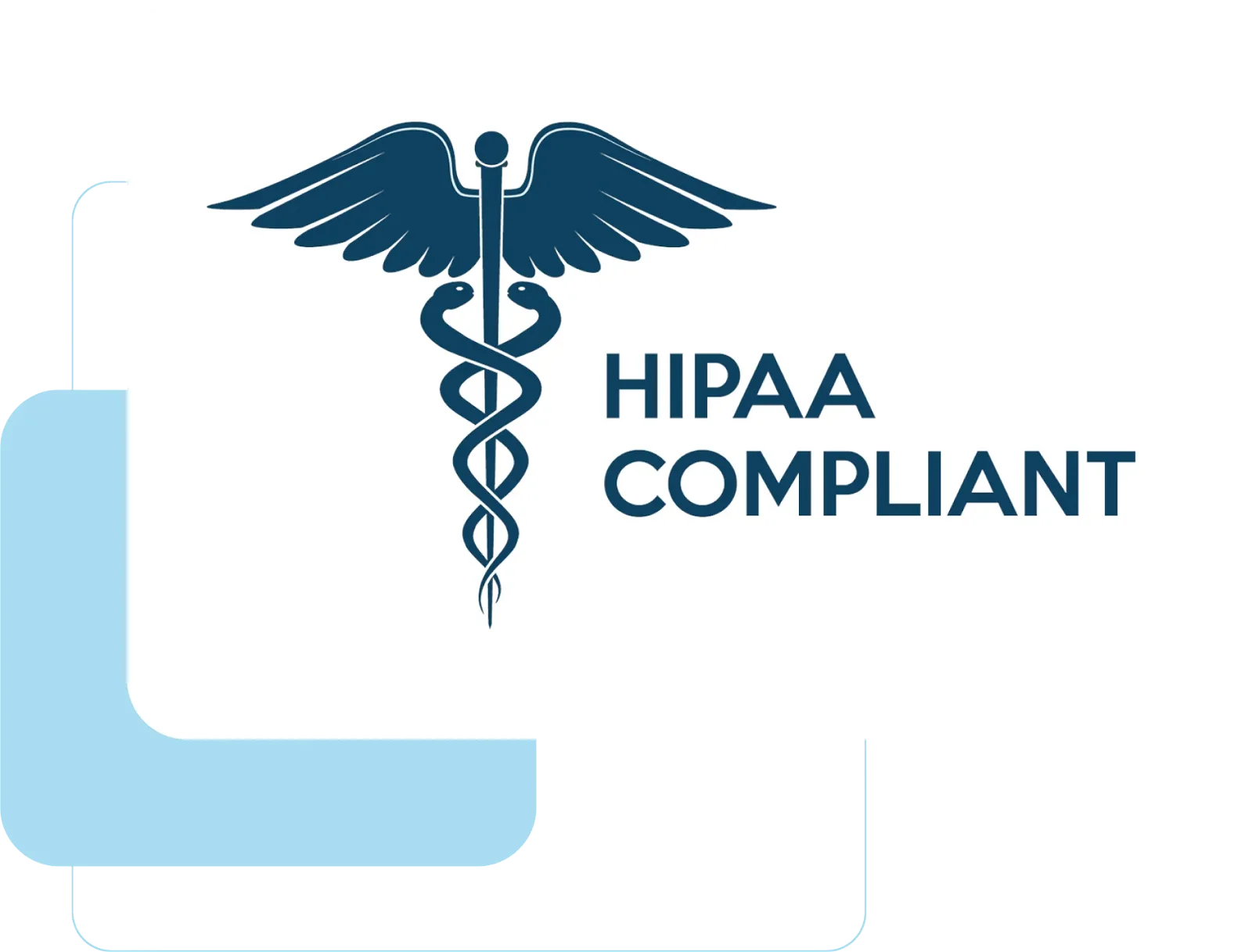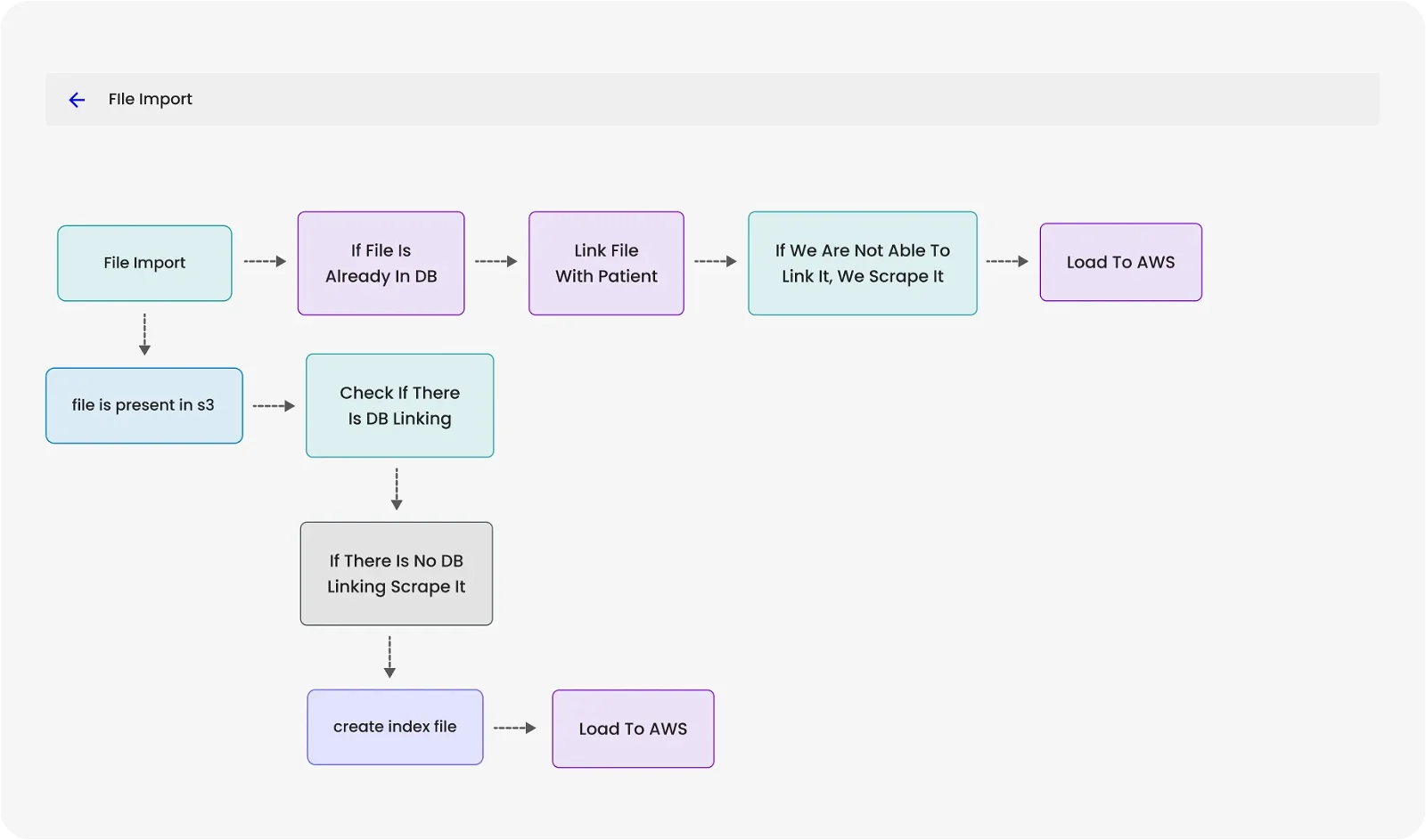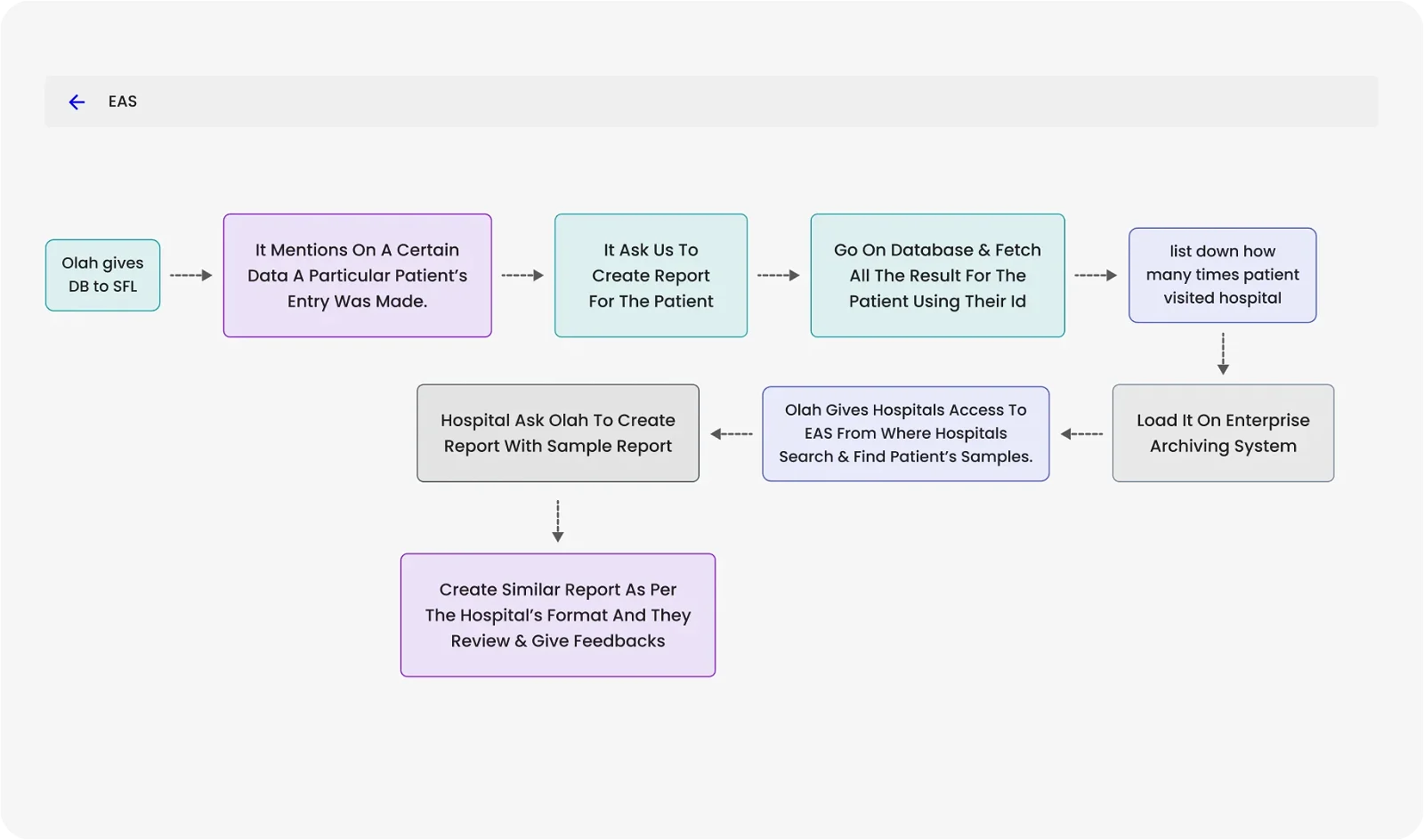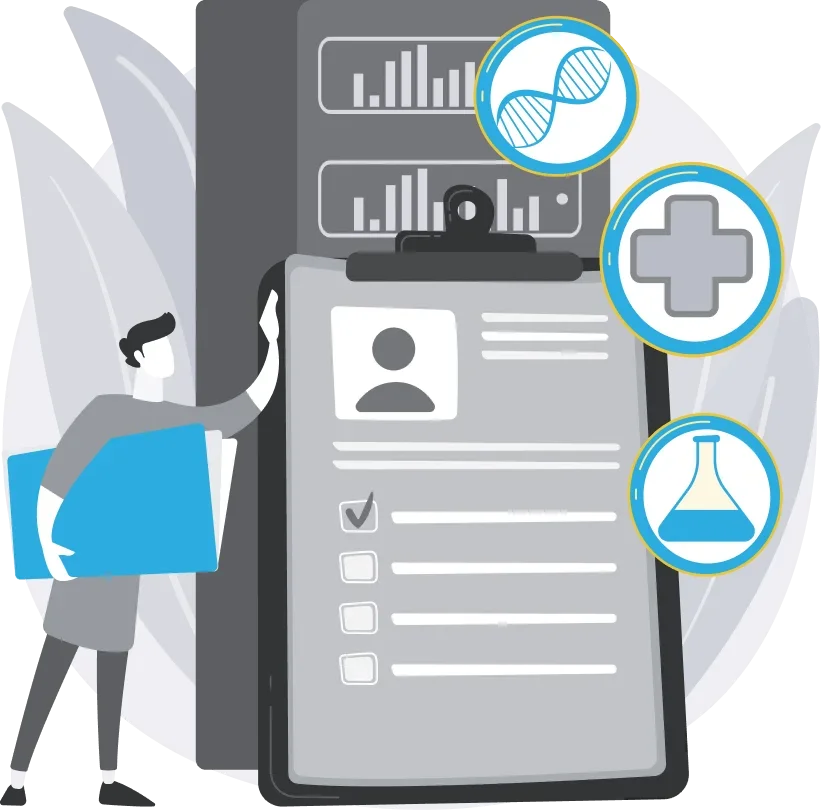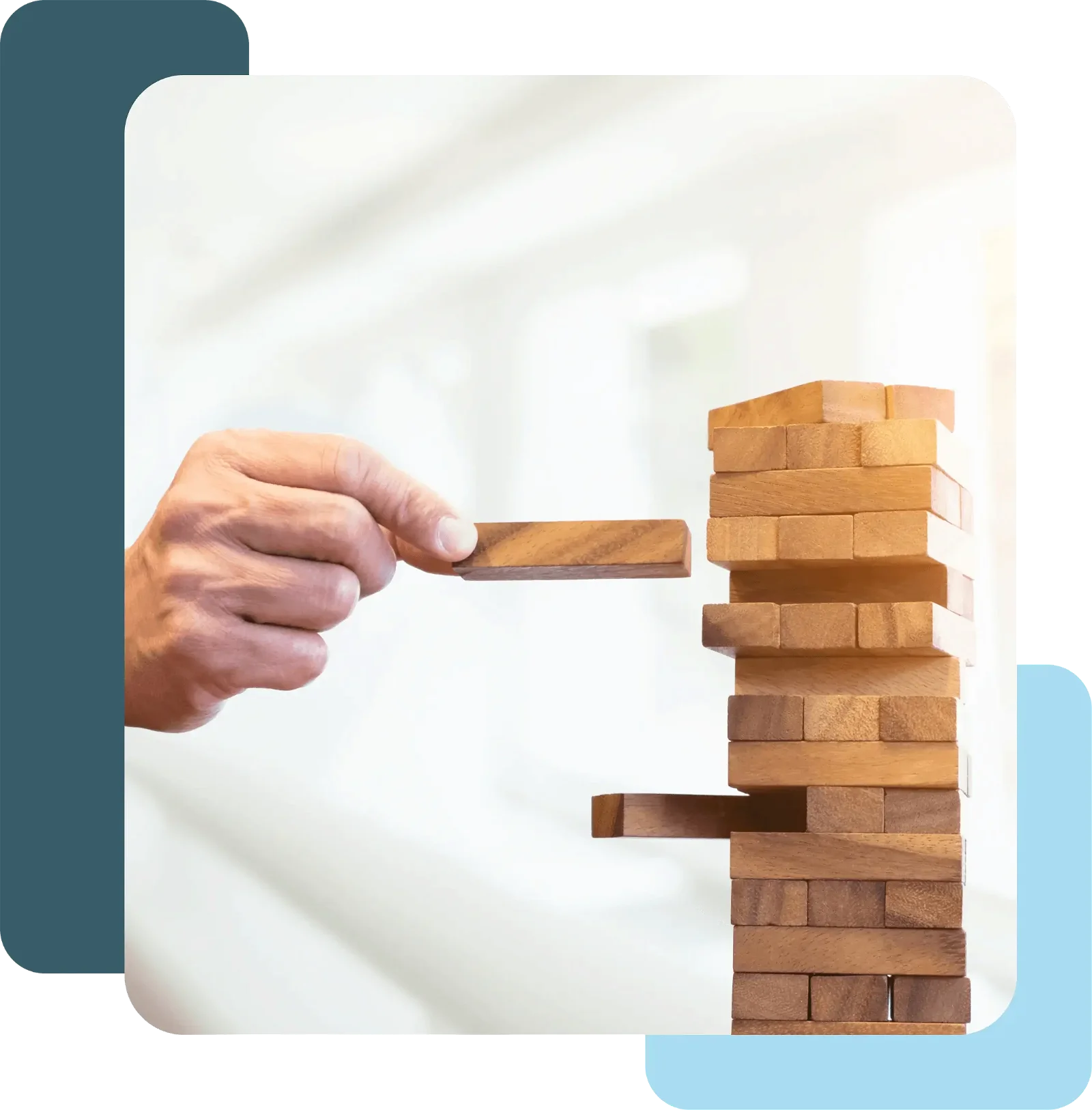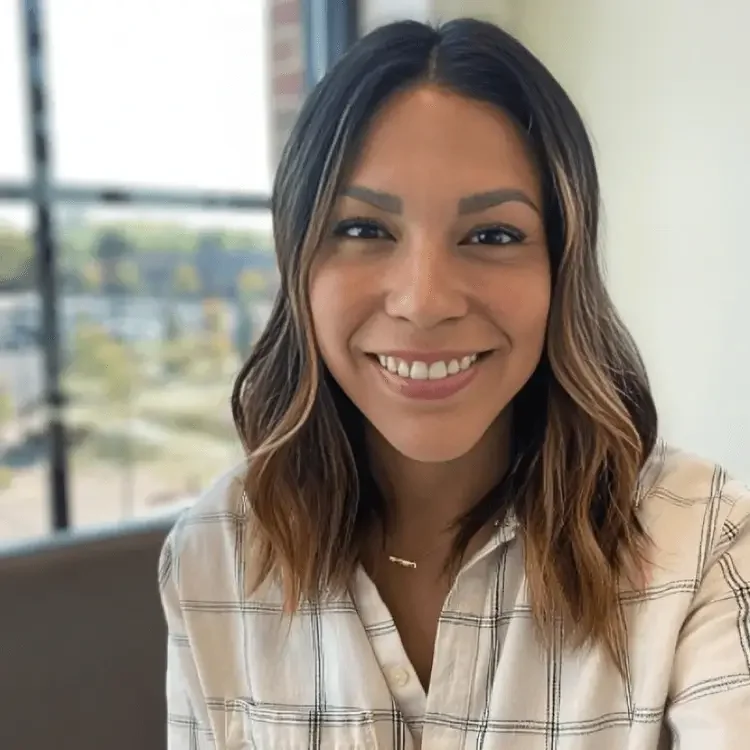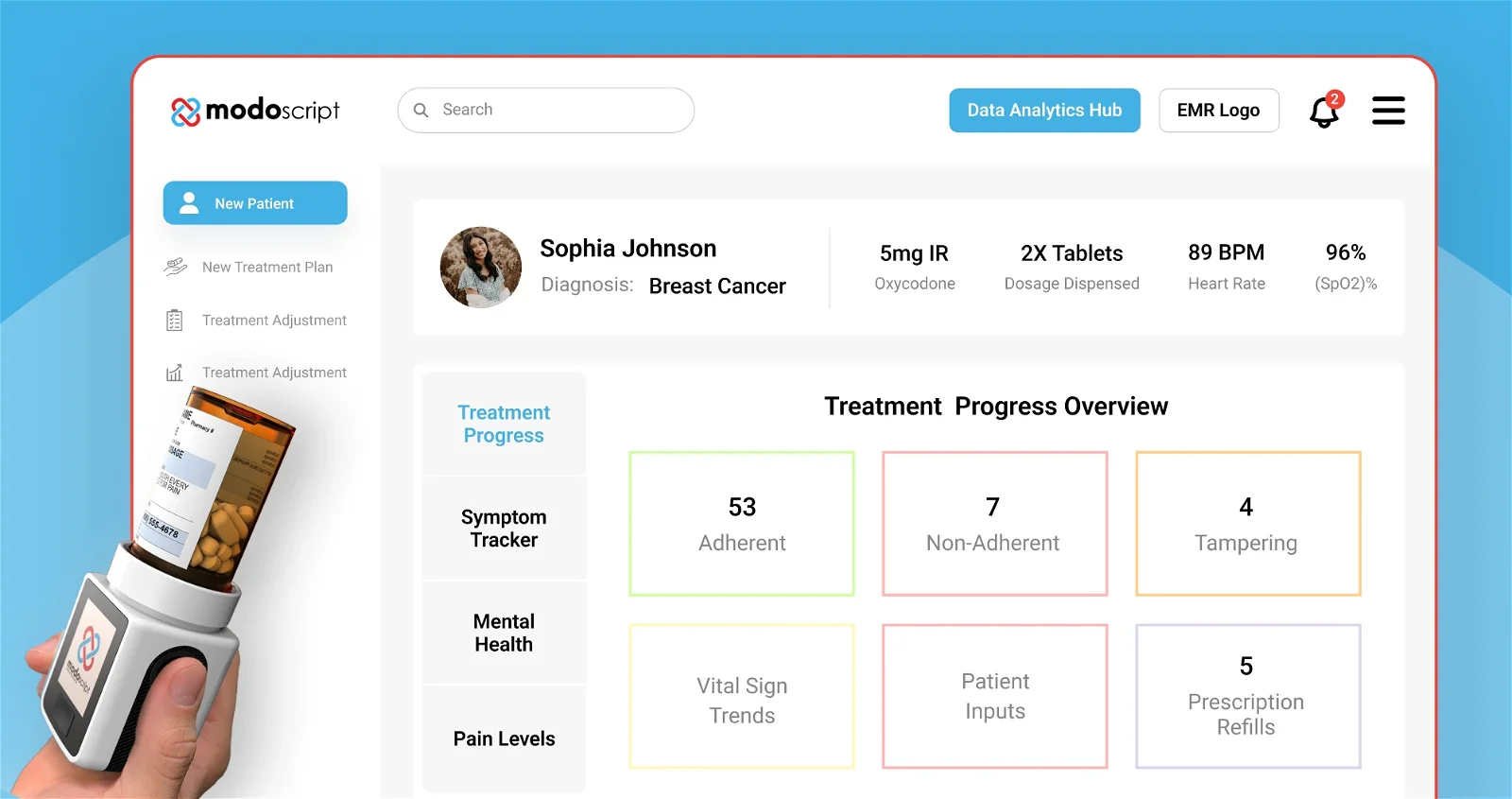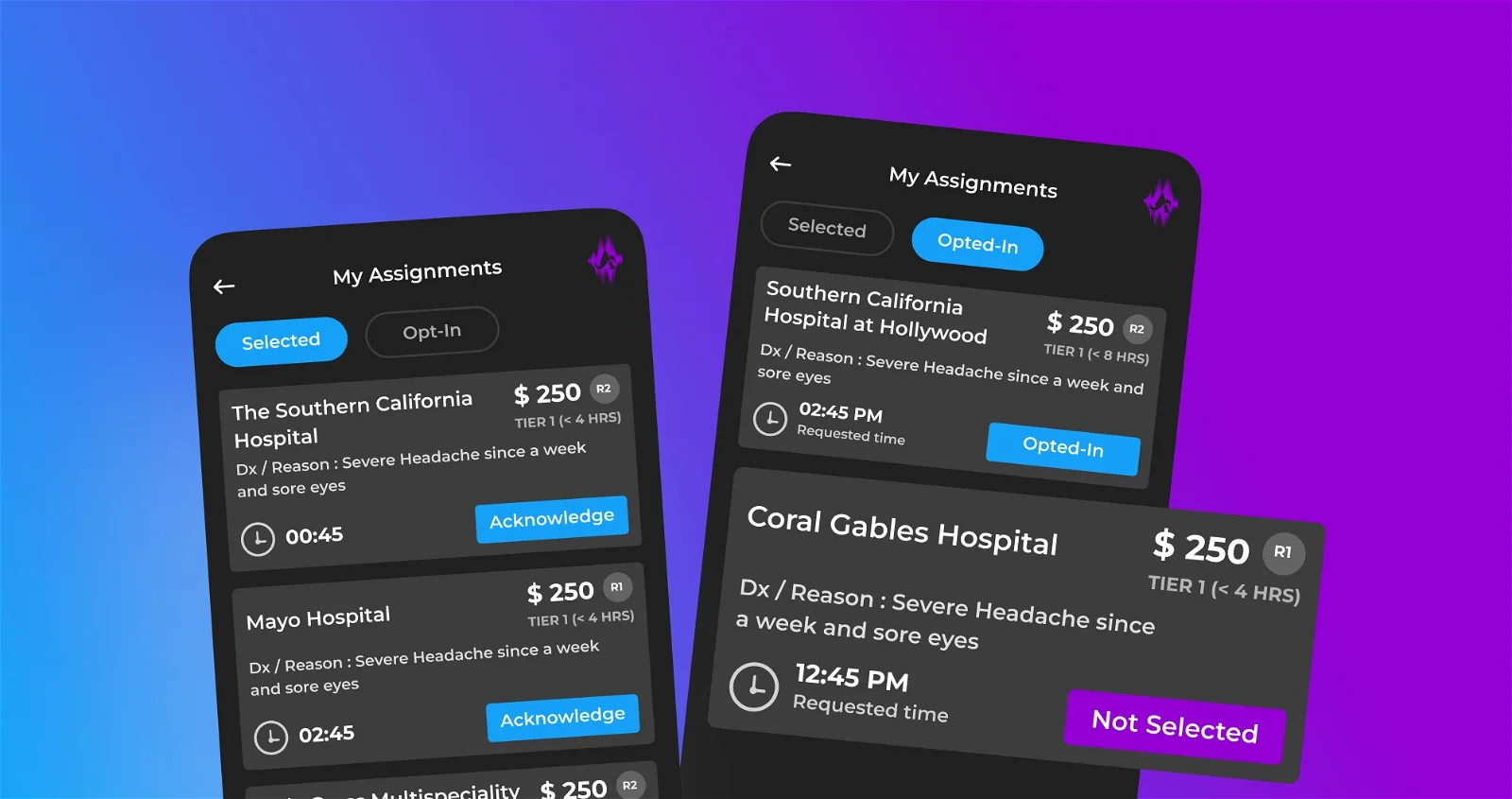Business Background
Olah’s client – hospitals generally have a huge chunk of data in their legacy database systems extracting reports out of which becomes cumbersome. These hospitals have multiple patients’ info that is stored in millions of tables. What this implies – anytime a report of a current patient needs to be created it becomes a sluggish and tedious process.
There was a dire need for an advanced system and process that streamlined report creation and made it faster and easier to create necessary reports. Solving the hassles, problems, and complexities of archiving legacy healthcare systems is the need of the hour. A world in which information and application archiving is the least of a healthcare system’s concerns should be made possible.
Location
– Ohio
Application
– Olah Archiving Solution
Timeline
– Feb 2022 to Current
Services
– Data Migration
Technologies and Integration
– AWS, DBeaver, TIBCO Jaspersoft Studio-6.20.0, TablePlus, Notepad ++, Zoho
ROI
– 200% Business Growth
As per the federal rule, the hospitals must store data of patients and not delete them. What this implied was that the data over decades for thousands of patients is maintained making report creation an extremely tiresome process. What’s even more complex is that hospitals have access to all the tables and have to extract reports out of these millions of tables.
Sunflower was chosen by the healthcare organization Olah to work on following pain points:
-
To migrate on cloud
-
Archiving healthcare data
-
Report generation of patients
Project Goals
When Olah came to Sunflower Lab it was looking for a technology partner that knew what it does! After assessing our expertise in the healthcare domain, they were convinced that SFL is what they were looking for. So, right away they embarked on a technology partnership with us where we worked on their project goals.
Data Migration
Olah’s clients i.e. hospitals had multiple patients’ info in their legacy database. These databases were set up in different ways with a huge repository of data in it. At first, Olah was looking to transfer this data to a cloud system where it gets rid of its legacy system dependency. This data migration to the cloud meant quicker access to data which were erased out of hardware dependency. So as a healthcare organization, Olah was helping hospitals migrate the existing system to the cloud system of the client and easing the process of report creation.
What we did?
Migrating the database from the legacy system to a suitable cloud platform was one of the most sought-after services. After considering a suite of cloud platforms Olah settled that AWS would be the best fit for the migration of hospital data. This flowchart gives an idea of what we did to migrate the hospital’s data to their Enterprise Archiving System.
Database Review
When the hospitals had to generate the report of a patient, it meant dabbling into multiple tables. It wasn’t feasible to have a team that solely focuses on report creation which meant no aid from technology experts who could do the job for you. Thus, the hospitals wanted to have a technology partner who could streamline this process for them and ease this hectic task.
What we did?
Olah gives the hospitals’ database to us where it mentions on a certain date a patient’s entry was made and based on this a report should be shown to them. Since there are multiple tables in the database what we do is, we search for the patient’s id in the DB and fetch all the data corresponding to that id. Using the ID we fetch the number of times the patient visited the hospital and create another DB.
Report Creation
After fetching data from the database, that sums up in millions, the next task to generate reports. Again, if the hospital deploys a team focusing on report generation they might need technical assistance externally outside the team. Thus it was suitable to source this to a technology partner who could do this task of report creation for them and had an expertise on the subject.
What we did?
Generating reports should be simple and plain because creating and passing reports to patients is an everyday task. In case it would be hefty, managing it day by day would be unmanageable. For instance, if Olah works with 10 hospitals, then it has 10 reports and has to work accordingly. The hospitals give sample reports and access to the patient database which means Olah has to search the database to fetch data of the patients from a multitude of tables and curate a report based on this sample.
Ultimately, a process was followed where the report generation was optimized.
File Import
Since the patient data is scattered in multiple files, there was a dire need to streamline these reports to fetch which report contains a particular data, and then ultimately source it to a singular relevant report.
What we did?
Hospitals needed to go through the reports and look into the data present inside the report, the file name of the report, and all the other parameters manually for thousands of reports. So if the client wants to open up the report connected to a patient, it will look for the patient’s name and corresponding file name and the client can directly access that file.
EAS (Enterprise Archiving System) Load
After the data is fetched from the database, it needs to be loaded on the EAS. With this, the hospitals have access to EAS from where they can search the patients’ samples and pass it on to Olah to create identical reports with relevant data.
What we did?
We were able to find data in DB and match it with ID to create a new sample and once the sample is final we upload it on the EAS. It is an ongoing process where our developers are working on Olah’s end and we are working from migration to EAS load.
Team Size
Sunflower Lab handpicked professionals until we were convinced that the proven
team would best fit for Olah by assessing our and Olah’s strengths.
Initial Hiccups
Since Olah was already working on its own, it has developed its framework and gave us the
knowledge transfer on how the framework and functions work. Since they started small, initially
we had only two or three projects (hospitals are referred to as projects).
As the tenure passed and we gained expertise of the client, number of projects also spiked. However there were certain hiccups we faced.

Framework Understanding
Framework Understanding
As the client had its framework developed before onboarding Sunflower Lab, the issue was understanding the framework and the technology because it was a completely new technology of automation and libraries.
-
We took some time getting used to the functions and framework.
-
Also, as the framework was newly developed by the client, there were some problems with the framework.
-
On our end, we had issues, where frameworks might not be working properly and we had to look into it how to make it work and how things could be streamlined.

Technical Sources Shortage
Technical Sources Shortage
Olah was the first client for the RPA. When they started, the database team helped them to develop and learn all Python RPA frameworks but our team was struggling with it because we were good at database technology, but needed assistance with Python and building RPA automation.
-
So as we started, we began looking for Python developers.
-
In progress we developed our own frameworks.
-
Then we went on to adopt C# and .NET and built rest of the team for SQL database.
I wanted to give a shoutout to the Sunflower team for all your work and quick turnaround on the proof reports and feedback on all the OhioHealth Informatics projects. The client is really impressed and said it looks better than it did in Informatica. Thank you all! We really appreciate it.
Lauren Tejada
Project Manager – Olha
What were the risks involved
with data archiving?
with data archiving?
In recent times of our onset, we used to do the development part of the project only where we just developed the code, tested and deployed the code on all the machines and the code was up and running. But as and when we became familiar with the framework and we added a few functionalities from our end to the framework, we started taking up a much more task than just the development.
Soon we realized that archiving the data comes with its set of bottlenecks which included cost, HIPAA compliance, and other factors which we integrated into our approach to deliver a self-sustainable model.
Cost
Legacy systems incur recurring operational expenses.
Security
Legacy systems are often housed on outdated servers and equipment.
Patient Care
Critical patient information must be accessed from the legacy sssystem.
User Experience
As a systems pile up, HIM must dig through a growing list of apps.
Compliance
More systems increases the likelihood of compliance misses.
Maintenance
IT teams upkeep and monitor outdated serves and systems
Achievements
When we started, we had only one framework that was developed by Olah for the RPA projects. Later on, we developed two other frameworks from our end. One was the RPA framework tool, which was used for file import and conversion projects and involved CSV file processing or AWS functions. The other one was for API which connected with Zoho to get the timesheet or the project status/details in the form of a CSV file.
Initially, we were doing only RPA projects with Olah, but keeping in mind our efficiency, Olah has onboarded us to work on file input projects as well. If there are multiple issues from the database team, we handle them effectively. For example, if there is a need for file conversion from one file type to another or splitting the files with the data into multiple files of the correct format, we have shown our skill in all these scenarios to split files or change their extension.
How did we help Olah archive data and generate reports the smart way?
One thing we cannot deny is that the healthcare industry is busy! You need to be on your toes to accommodate the ever-changing demands and create reports for the patients. Here is how we expedited this process for Olah with efficiency.
Optimizing Effort
We help Olah access legacy information, via our innovative EAS technology to rewrite the data users are already familiar with, lowering disruption to your staff’s workflow.
Flexible Cost
We help Olah archive as much data as you want with a minimalistic pricing structure to maintain data integrity.
Fully In Control
By complying with the data integrity, we ensure that your data is secure and doesn’t step out of our line.
What have we
Ultimately achieved?
Olah helps hospitals get rid of old applications by retaining the data within them. It eases archiving EMR data, ancillary clinical applications, business applications, or any application in a simpler and faster mode. The organization utilizes its owned EAS platform to archive solutions to the cloud, keeping their originality and making the data inside them seamlessly accessible.
Consequently, hospitals have to make fewer decisions, reduce less time on data transfer – and get so much more out of legacy information. With Olah, it takes amazingly fewer resources to deploy data on the cloud and extract targeted reports of patients.
The hospitals wanted to move to the cloud with quick report generation.
Before
After
We helped them move to AWS along with report generation. The reports were created synonymously till the reports matched the sample reports provided by hospitals.
I wanted to give another shoutout to this team. Saint Francis has reviewed some of these initial Informatica proofs and they’re very impressed and happy with that. Just wanted to relay their appreciation and excitement for your work. And a thank you from myself for your hard work and always providing a quick turnaround on the feedback.
Lauren Tejada
Project Manager – Olha
Summing it up
in a line
in a line
We work on legacy software running on Windows XP or older software where our main task is to build archiver code to accept all files from there and push it to AWS. With these codes, one can run the report, create a report or print a report with end-to-end automation.
Is data management and archiving becoming a roadblock in your
company’s process? Let our team of experts handle it for you.
company’s process? Let our team of experts handle it for you.


